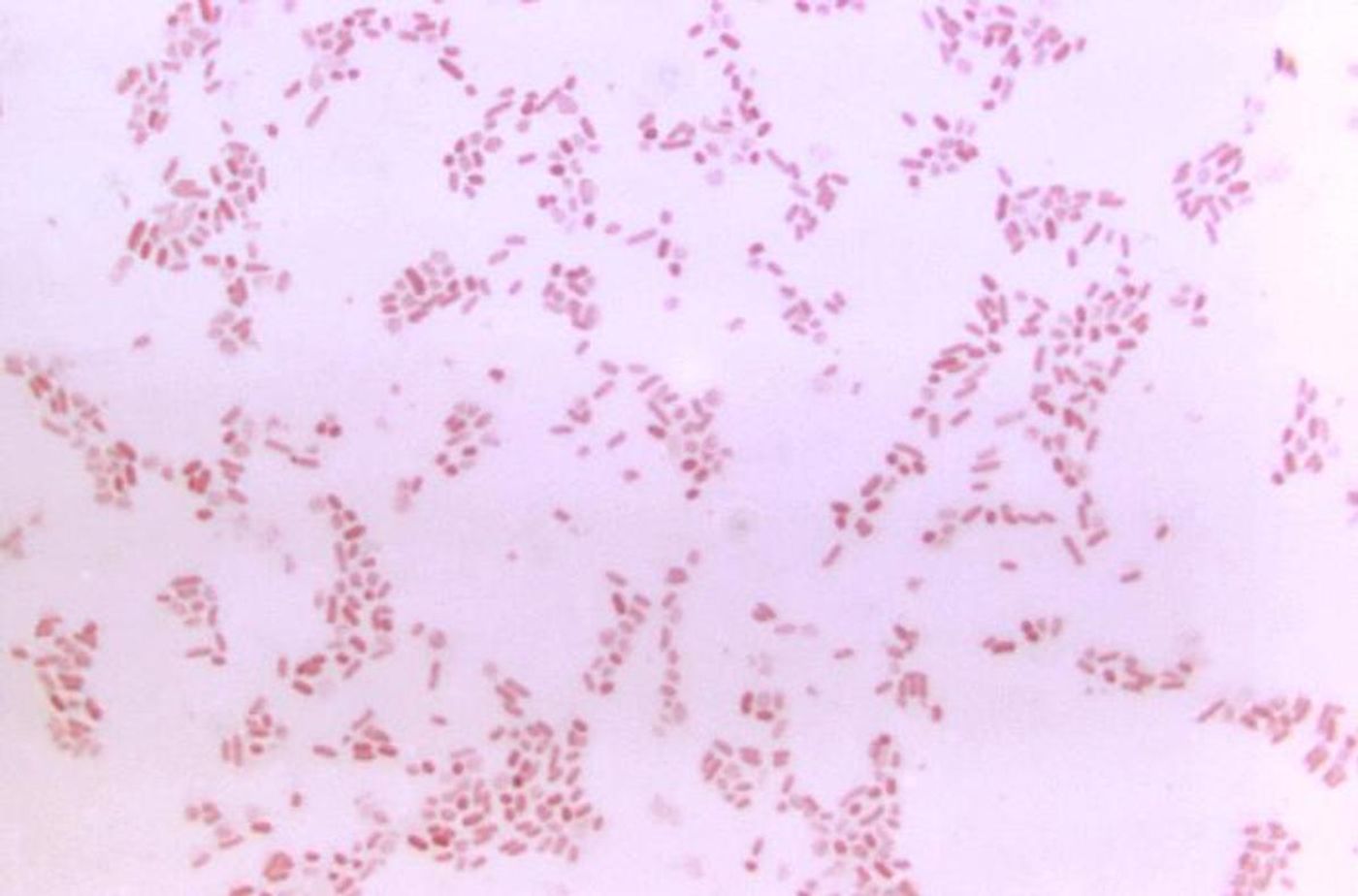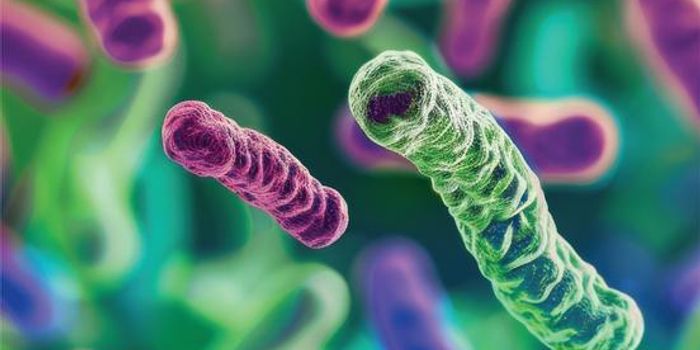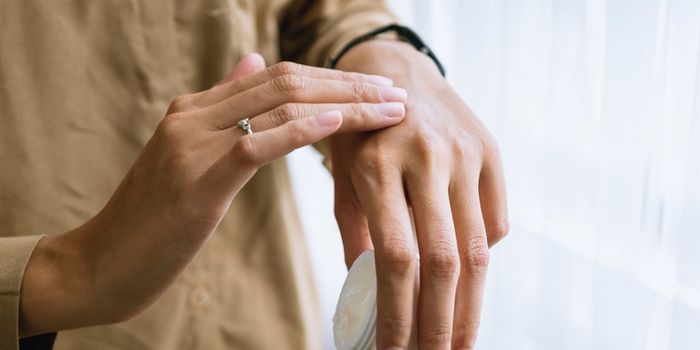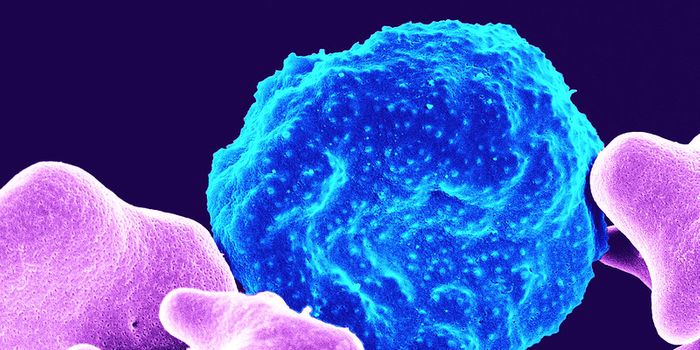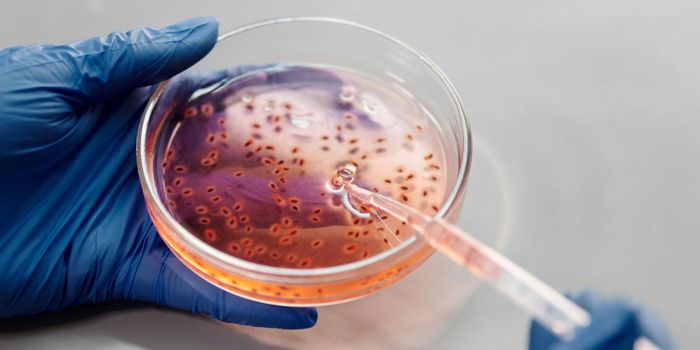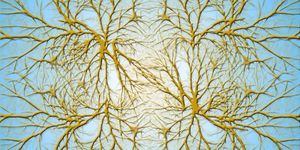Understanding How Microbes in the Body Function as a Community
Rapid advances in genetic technologies made it possible for researchers to learn more about the vast community of microbes that resides in the human body, especially the gut. The more scientists looked, the more connections they found between the gut microbiome and human health and disease. Now investigators at Drexel University have developed a computational tool that can help scientists look at the microbiome as a whole. Their method, which assesses RNA sequences to find the genes being expressed by the gut microbiome, has been reported in PLOS ONE.
"We are really just beginning to scrape the surface of understanding the health effects of microbiota," said study author Gail Rosen, Ph.D., an associate professor in Drexel's College of Engineering. "In many ways, scientists have jumped into this work without having a full picture of what these microbial communities look like, how prevalent they are and how their internal configuration affects their immediate environment within the human body."
Drexel's Center for Biological Discovery from Big Data, headed by Rosen, is using metagenomics, which studies a community of organisms as a whole, to find patterns in gene activity among certain groups.
"We call this method 'themetagenomics,' because we are looking for recurring themes in microbiomes that are indicators of co-occurring groups of microbes," Rosen said. "There are thousands of species of microbes living in the body, so if you think about all the permutations of groupings that could exist you can imagine what a daunting task it is to determine which of them are living in community with each other. Our method puts a pattern-spotting algorithm to work on the task, which saves a tremendous amount of time and eliminates some guesswork."
Researchers can already collect an environmental or fecal sample and identify all the microorganisms that are present. But the researchers suggested that this approach doesn't take the context of the community into account.
"It's impossible to really understand what microbe communities are doing if we don't first understand the extent of the community and how frequently and where else they might be occurring in the body," explained study co-author Steve Woloszynek, Ph.D., and M.D. trainee in Drexel's College of Medicine. "In other words, it's hard to develop treatments to promote natural microbial coexistence if their natural state is not yet known."
"Most metagenomics methods just tell you which microbes are abundant -- therefore likely important -- but they don't really tell you much about how each species is supporting other community members," Rosen said. "With our method you get a picture of the configuration of the community -- for example, it may have E. coli and B. fragilis as the most abundant microbes and in pretty equal numbers -- which may indicate that they're cross-feeding. Another community may have B. fragilis as the most abundant microbe, with many other microbes in equal, but lower, numbers -- which could indicate that they are feeding off whatever B. fragilis is making, without any cooperation."
Ideally, clinicians could one day take a patient sample and diagnose illnesses on the basis of their microbiome, for example by checking to see what microbes were present or what proportions there were of certain populations. There are already known links between certain bacterial strains and some illnesses. The researchers tested their method, and it was able to predict certain diseases, as well as how severe they would be.
"It's very early right now, but the more that we understand about how the microbiome functions -- even just knowing that groups may be acting together -- then we can look into the metabolic pathways of these groups and intervene or control them, thus paving the way for drug development and therapy research," Rosen said.
Sources: Science Daily via Drexel University, PLOS ONE


